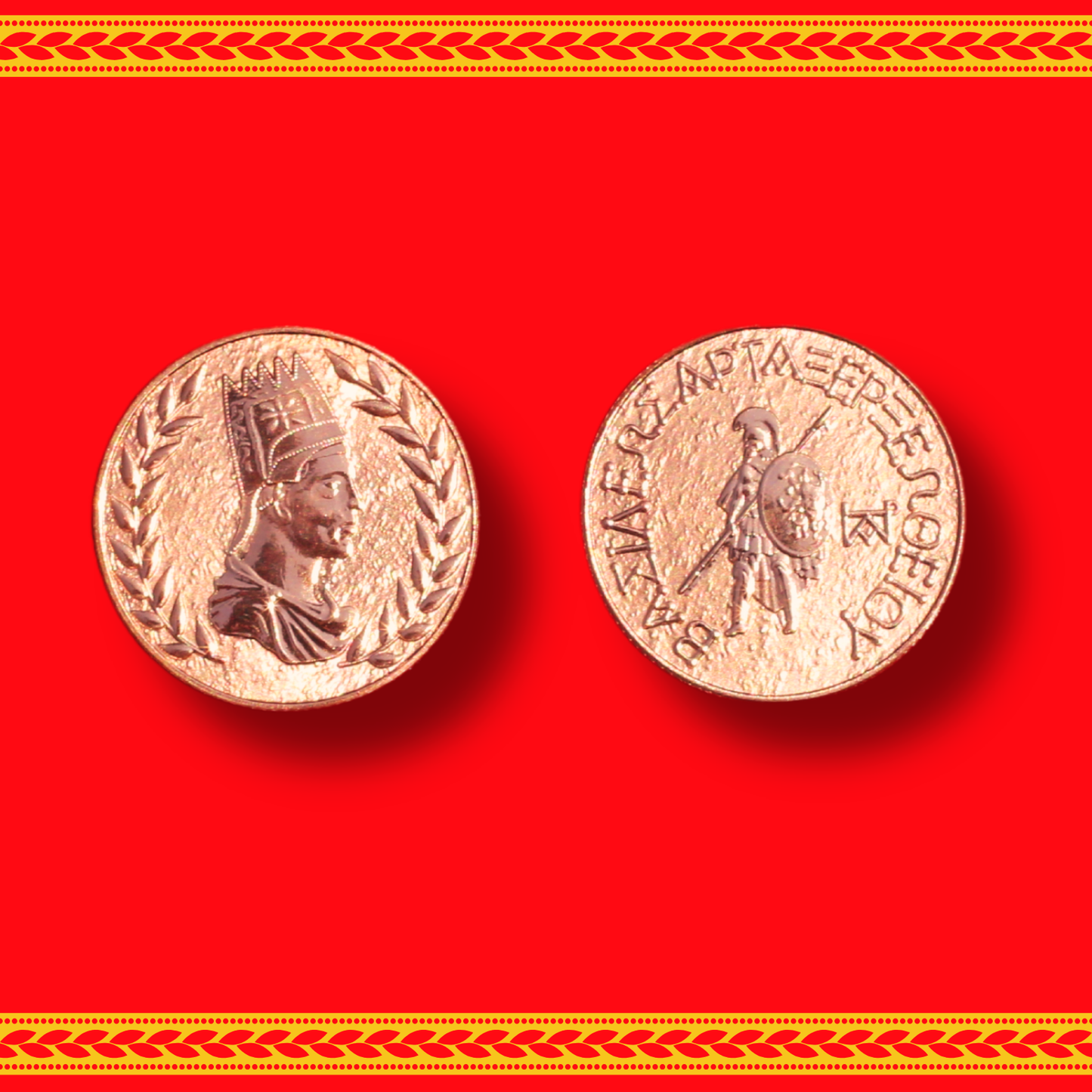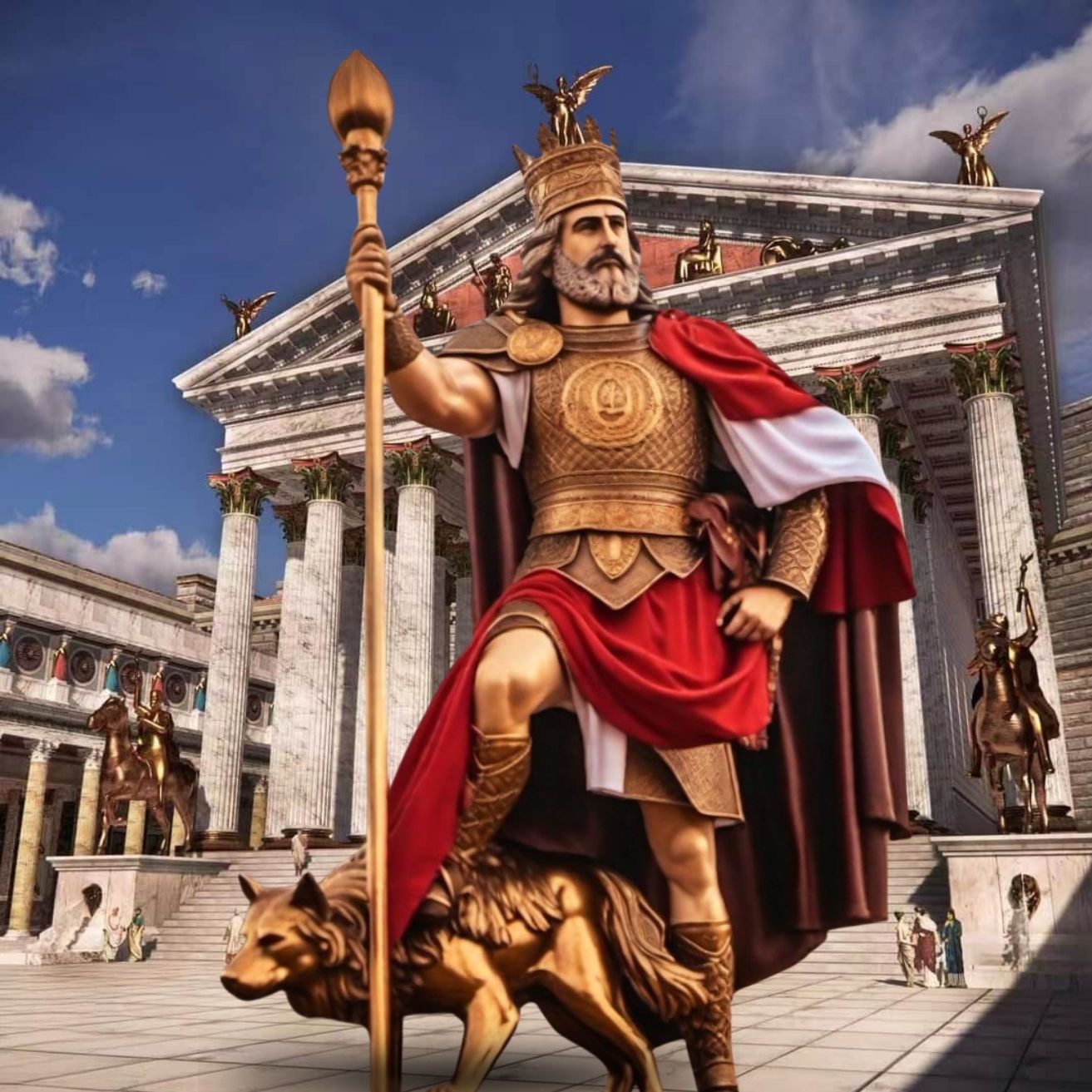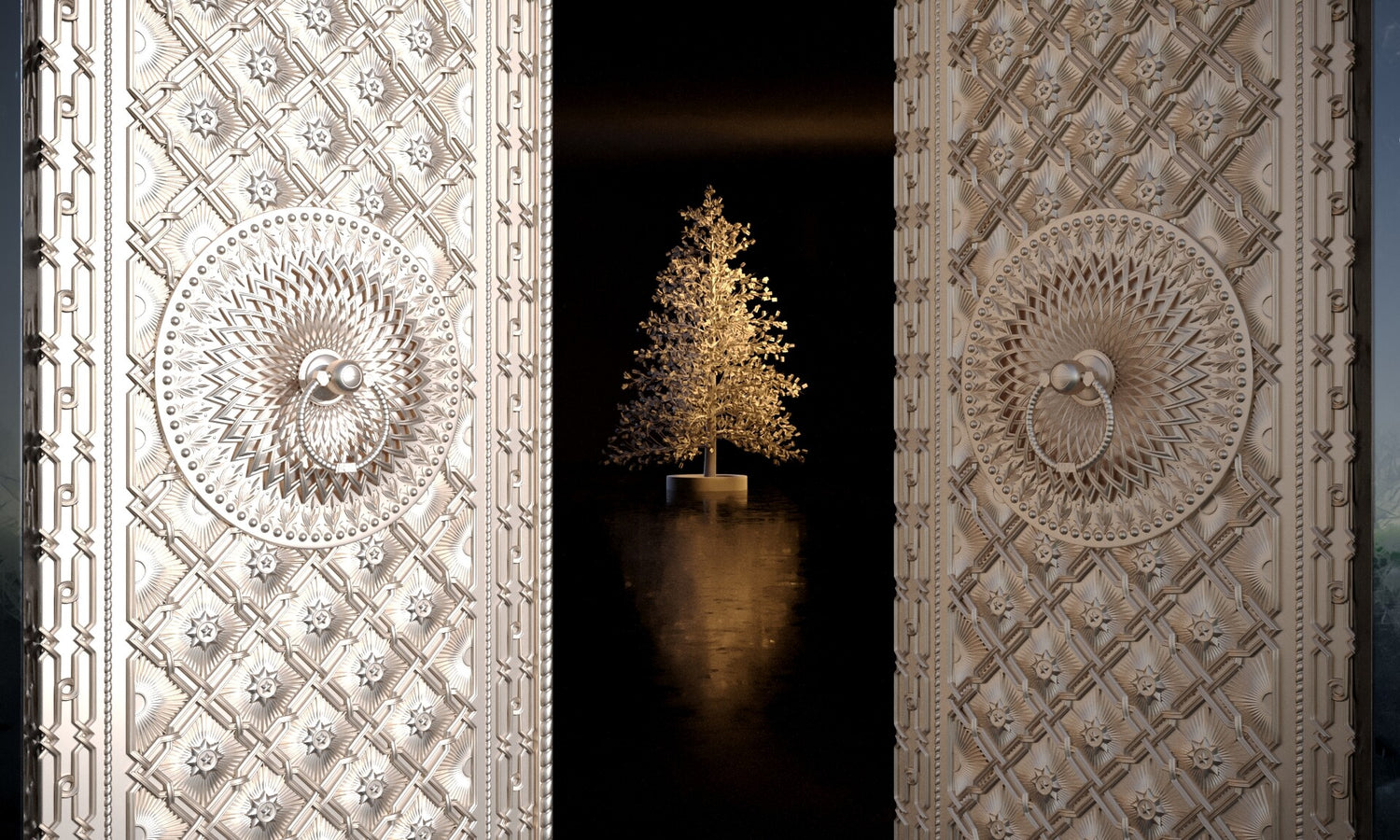Pomegranate Mint
2024 Artaxias II Copper Chalkoi Coin
2024 Artaxias II Copper Chalkoi Coin
Couldn't load pickup availability
Available now! Very low mintage, only 500 will ever be made!
The copper chalkoi (also known as "chalkos" in singular) was a small denomination of coinage used in ancient Armenia. The term "chalkos" originally comes from the Greek word for copper, and it was adopted by various cultures throughout the Hellenistic and Roman periods.
Copper Chalkoi in Ancient Armenian Coinage
Description and Characteristics:
1. Material: The chalkoi were made primarily of copper or bronze, which were common materials for lower denomination coins in the ancient world.
2. Size and Weight: These coins were small and lightweight, typically ranging from 0.5 to 2 grams, making them suitable for everyday transactions.
3. Design: The design of Armenian chalkoi often reflected Hellenistic influences. They featured motifs such as the profiles of local kings, deities, and symbolic imagery. Common inscriptions were in Greek or Armenian script, indicating the ruler’s name and titles, and sometimes featured local symbols like eagles, lions, or local deities.
Historical Context:
1. Hellenistic Influence: The influence of Greek culture and economic practices reached Armenia following the conquests of Alexander the Great. As a result, Armenian coinage, including the copper chalkoi, adopted Greek styles and standards. This included the use of Greek language on coins and Hellenistic artistic motifs.
2. Economic Role: The copper chalkoi served as a crucial component of the local economy. They were used for everyday transactions such as buying food, small goods, and services. These coins were particularly important for the lower and middle classes, facilitating minor trade and commerce.
3. Political Significance: Issuing coinage was a powerful statement of autonomy and sovereignty. By minting their own copper chalkoi, Armenian rulers demonstrated their control over local economies and asserted their independence from larger empires such as the Seleucid, Parthian, or Roman Empires.
Importance in Armenian History:
1. Cultural Synthesis: The copper chalkoi of Armenia represent a blend of local and Hellenistic traditions. This synthesis is evident in the design and inscriptions on the coins. For instance, coins might display Greek gods like Zeus or Artemis alongside local deities or symbols, reflecting a unique cultural amalgamation.
2. Local Rulers: Notable Armenian rulers who issued chalkoi included kings from the Artaxiad dynasty (189 BC–1 AD) and the Arsacid dynasty (52–428 AD). These coins often bore the images and names of these kings, serving both as a medium of exchange and a tool of propaganda.
3. Archaeological Insight: Discoveries of copper chalkoi in archaeological sites provide historians and archaeologists with valuable information about the economic conditions, trade networks, and political landscape of ancient Armenia. These coins help to map out trade routes and economic connections with neighboring regions and empires.
Examples of Armenian Chalkoi:
1. Artaxiad Dynasty: Coins from this period might depict King Artaxias I or Tigranes the Great. The designs often include Greek inscriptions and Hellenistic imagery such as diademed busts of the kings and images of Nike (the goddess of victory).
2. Arsacid Dynasty: Coins from this later period may show King Tiridates I or other Arsacid rulers, featuring both Greek and Parthian elements in their design. Inscriptions might be bilingual, highlighting the diverse cultural influences on Armenian coinage.
The copper chalkoi of ancient Armenia were more than just currency; they were symbols of cultural synthesis, political authority, and economic life. Their design, use, and production provide a window into the complex and rich history of ancient Armenia, illustrating its connections to broader Hellenistic and later Roman worlds while maintaining distinct local traditions.
Artaxias II
When Cleopatra and Mark Antony imprisoned his family, parading them through Alexandria in golden chains, Artaxias II managed to escape. Artaxias II, the eldest son of King Artavasdes II, reached his family relations in the Parthian court. Once in the safe custody of King Phraates IV of Parthia, Phraates IV invaded Armenia, disposed of the Roman vassals, and put Artaxias II on the throne in 34 BCE. The Roman historian Pliny the Elder described the plunder of the Armenian pagan temple to Anahit, in the town of Yeriza, where the Roman soldiers broke the golden statue. Between the sacking of Tigranocerta and the treatment of his family, Artaxias II became staunchly anti-Roman.
Artaxias II was a young and energetic leader who was keen on restoring the Armenian empire of his father and grandfather. With the support of Phraates IV, Artaxias II successfully invaded Artavasdes I of Media Atropatene, to whom Cleopatra and an enemy of Armenia, sent his father’s head. Artaxias II became spiteful and vengeful towards the Romans, turning his eyes to the garrison and traders within his territory. He massacred any Romans he could find, creating more of a divide between the Roman emperor Augustus and himself and leading to his downfall.
Artaxias II would not be able to hold the reigns of power as tightly as his forefathers had. He was subject to treason from his court, who preferred to align with the mighty Roman Empire. When Augustus’s stepson Tiberius, along with Tigranes III, brother of Artaxias II, marched towards the capital of Artaxata, Artaxias II was assassinated by his people. While the Roman army camped not far away, Tigranes III was crowned king of Armenia. He would be the last of the mighty Artaxiad dynasty, but Artaxias II was the last independent king, ushering in the Roman period of Armenian history.
There are only a handful of silver drachmas that have been found, all dating to the last year of Artaxias II’s reign. The size, quality, and amounts available of these coins, all speak to the decline of the Artaxiad dynasty. There are two known versions available, one with Athena on the reverse, and the other with Nike. Additionally, there is a monogram used to signify 14 years of regal Armenian King’s rule. Artaxias II would be the last Armenian king to use the phrase “King of Kings,” on his coinage, as Armenia would become an integral part of the Roman Empire.












-
Free Shipping
If you spend at least $250 Canadian dollars with us, use coupon code FREESHIP, and we will cover the shipping.
-
Made for You
When you place your order, we will make your clothing orders especially for you.













